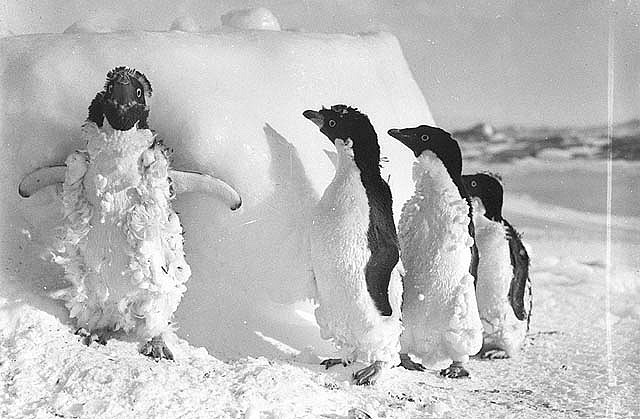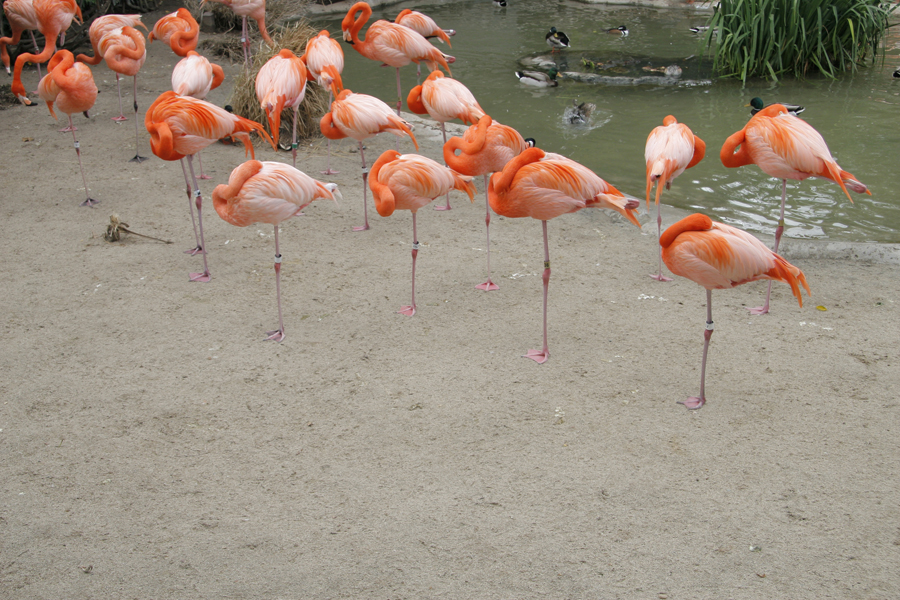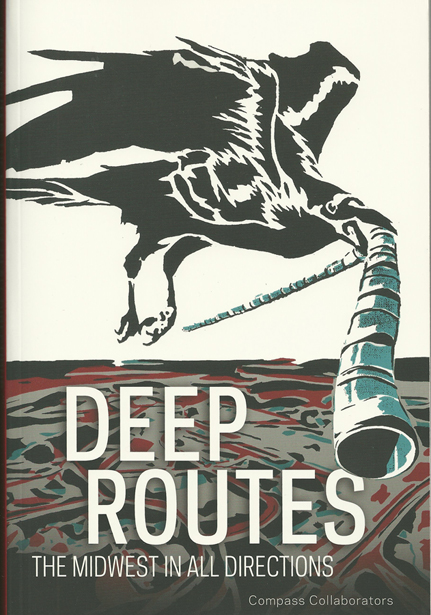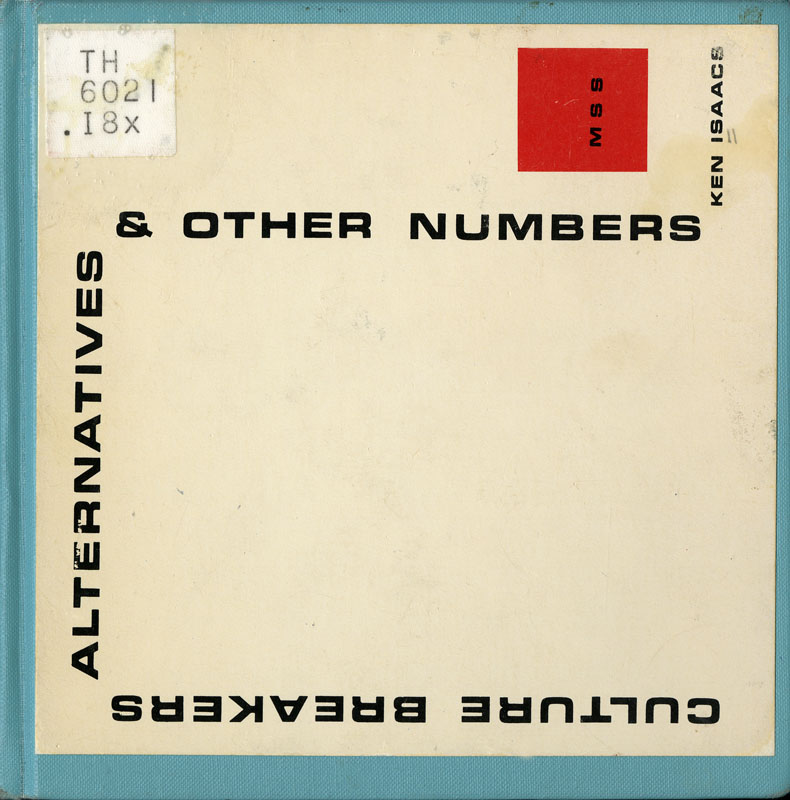Library of Natural Sounds
The Cornell University Lab of Ornithology Maccaulay Library, formerly the Library of Natural Sounds, has an amazing online archive where you can hear recordings and watch videos of birds and wildlife from around the world. A library of natural sounds?! Yes! The digital birds and animals come into your home over the Internet connecting you to the noises of wildlife, in some cases, from over 70 years ago.
We are writing about this now because The Maccaulay Library has been working for over 12 years to digitize their collections and now the entire archive going back to 1929 is available online for anyone to access. According to a recent post on the Cornell University blog, “The collection contains nearly 150,000 digital audio recordings equaling more than 10 terabytes of data with a total run time of 7,513 hours. About 9,000 species are represented.” The library is known for its extensive collection of bird song but the sound and video archive also includes whales, gibbons, frogs, and various other forms of wildlife.
We’ve spent some time listening to the recordings and keep coming back to the site to browse. Here are some things others have recommended and we have enjoyed.
The earliest recording is a Song Sparrow recording on 18 May 1929.
This recording of Montezuma Oropendola — Psarocolius montezuma. A Mexican song bird sounds like experimental electronic music.
This recording of the American Flamingo — Phoenicopterus ruber sounds like car horns in a busy intersection. It was recording at the US National Zoo.
This is a recording of the Eurasian Magpie-Pica Pica , a bird we hear often in Copenhagen. This recording was made in China, however.
Penguins! A recording of Adelie Penguin — Pygoscelis adeliae.
The library is, of course, an important research tool for scientists and educators. It also gives the public access to a breadth of biodiversity not normally accessible in one’s everyday location. The archive is the animal world filtered through technology, in some cases it is the most direct way we will ever interact with this birds and mammals. The sounds are not the real thing but they point at the real thing and now when I walk through my neighborhood, I listen more closely to the magpies, crows, and pigeons flying overhead.
—
Flamingo image courtesy of photographer and MQ friend, Jennifer Bastian.
Radio Aktiv Sonic Deep Map (2013)
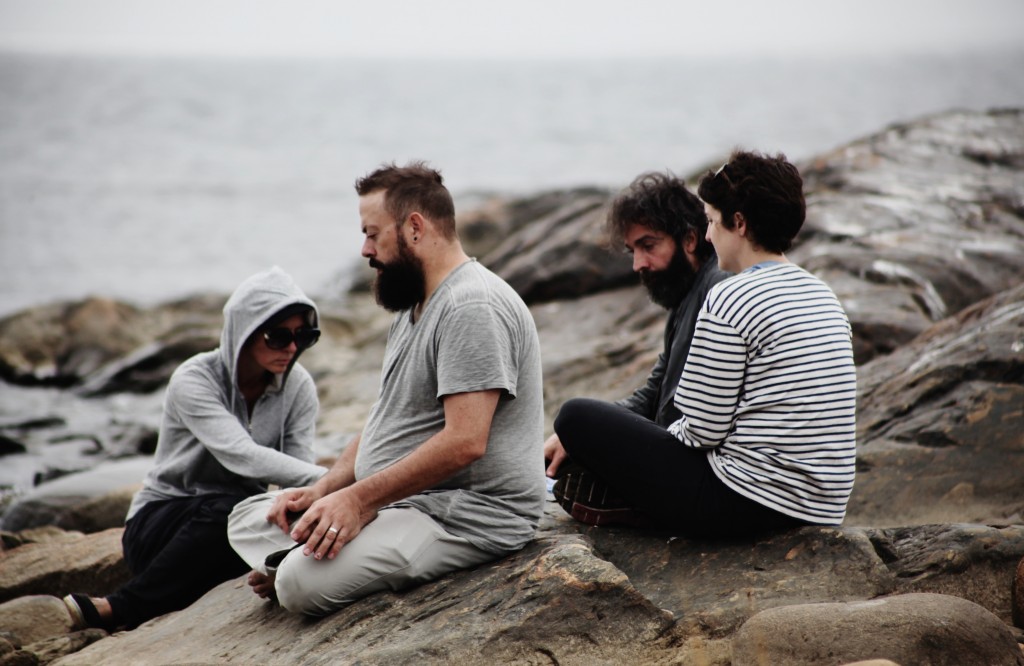
SUPERKILEN – Extreme Neoliberalism Copenhagen Style
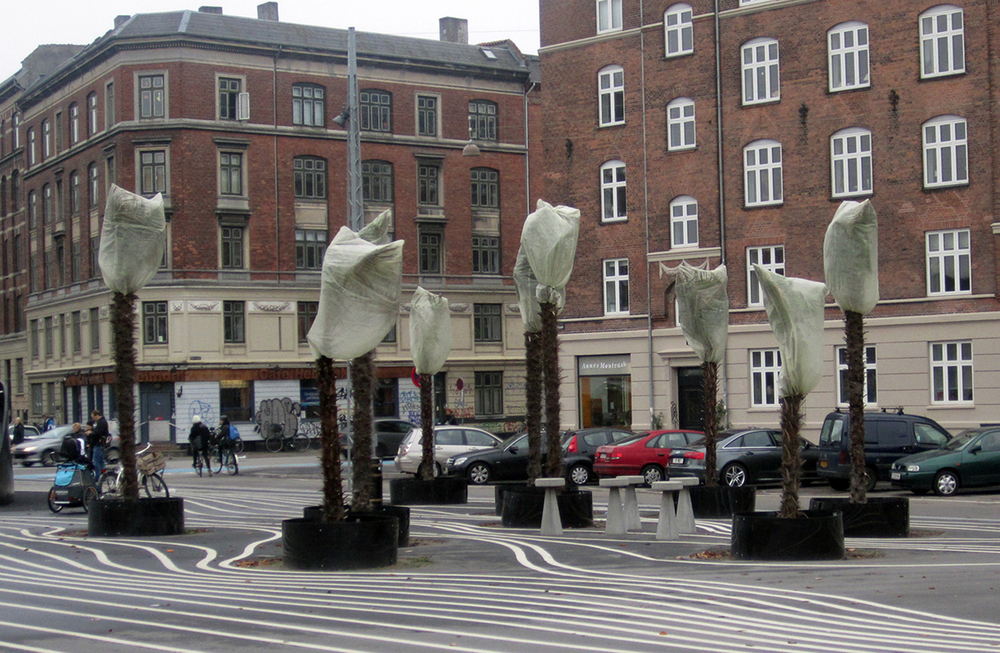
Read Brett's essay about the park.
Download our guide:

This is our guide to how-to books from the counterculture of the 60s and 70s. Click to get the download page.
Categories
- Agriculture (11)
- Animal sounds (1)
- Artist parents (19)
- Arts and culture (106)
- Bees (3)
- Book reviews (14)
- Books (18)
- Critical essays (5)
- Daily Photo (5)
- Design (36)
- Dirt (11)
- Environmental activism (43)
- Exhibitions (24)
- Farms (11)
- Forest (7)
- Friday connect (15)
- Growing (42)
- Habitat (38)
- Homesteading (16)
- Interviews (15)
- Kitchen (14)
- Living structure (9)
- MISC (15)
- Mythological (2)
- Neighborhood (83)
- Ocean News (1)
- Our Art Work (21)
- Personal – Design/Art (3)
- Play (2)
- Playground (4)
- Projects (21)
- Public space (53)
- Resilience (13)
- Sea Side (2)
- Sojabønner (2)
- Tofu (8)
- Vermont correspondence (7)
- Water (3)
- Wednesday picture (31)
- Workshop (1)
Video interview:

Watch our interview of SeedBroadcast, a mobile project that is part seed library and part seed-saving-story-collecting machine-recording the stories of seed saving, farming, and food sovereignty work being done around the US.
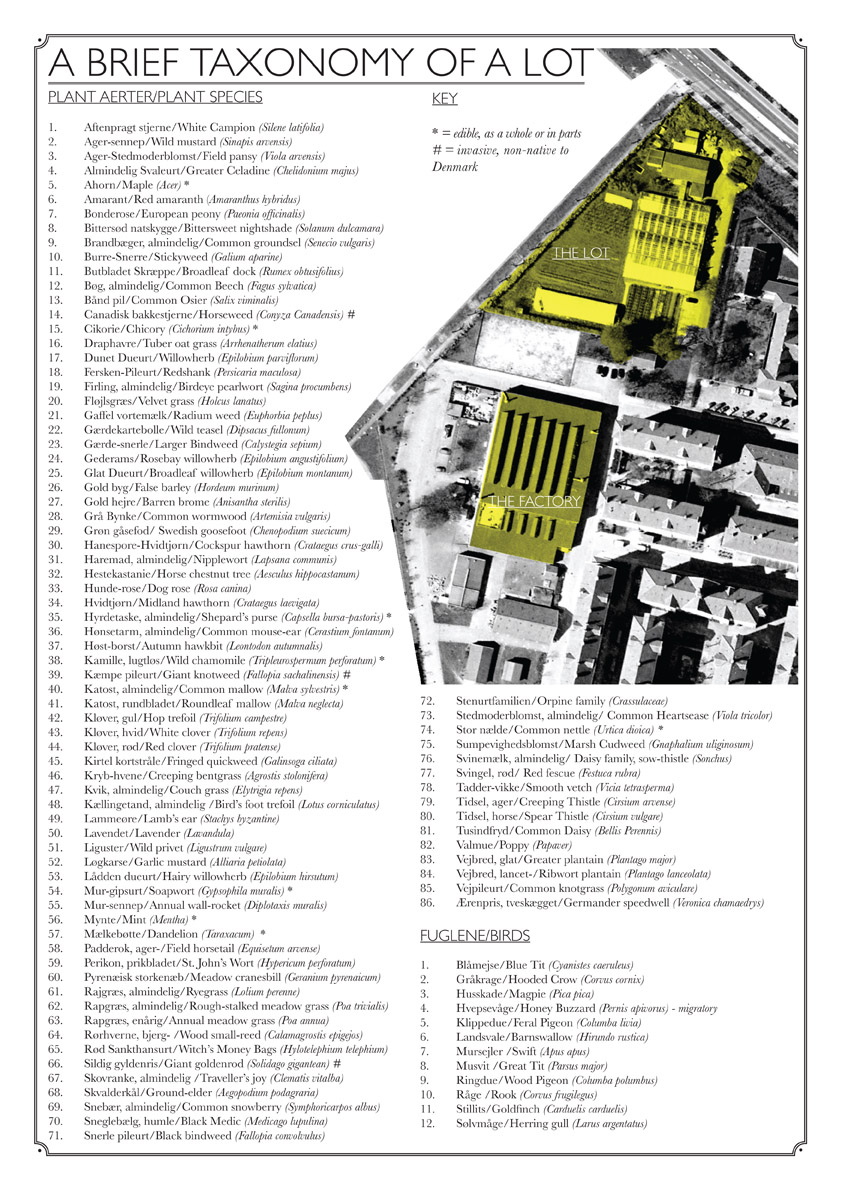
Download a poster Bonnie made about biodiversity in a vacant lot in the Amager borough of Copenhagen, in collaboration with biologist, Inger Kærgaard, ornithologist, Jørn Lennart Larsen and botanist, Camilla Sønderberg Brok: A BRIEF TAXONOMY OF A LOT

We made and installed a network of bat houses in Urbana, Illinois, to support the local and regional bat population, but also to begin a conversation about re-making the built environment.
READ MORE
BOOK REVIEW:
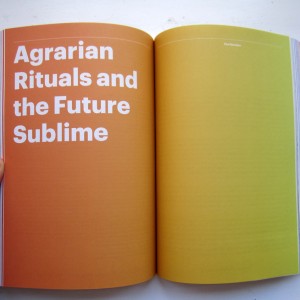
We write often about artists and art groups that work with putting ‘culture’ back in agriculture. Here is a new favorite: myvillages, a group of three women based in Germany, the Netherlands, and the UK. Read more...
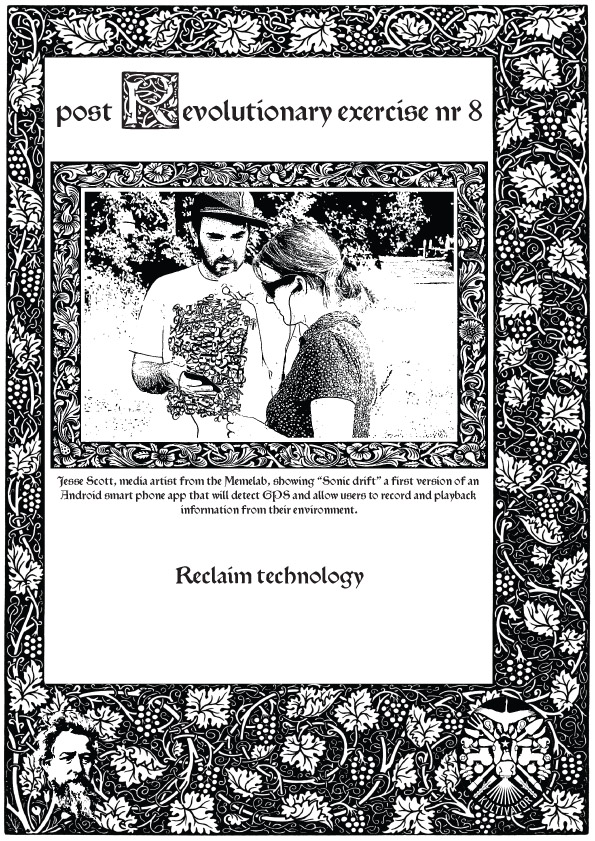
Post Revolutionary Exercises
We really admire the dedicated hard work of Kultivator who seeks to fuse agriculture and art in their work. Click this sentence to get a PDF of their poster collection called "Post Revolutionary Exercises."
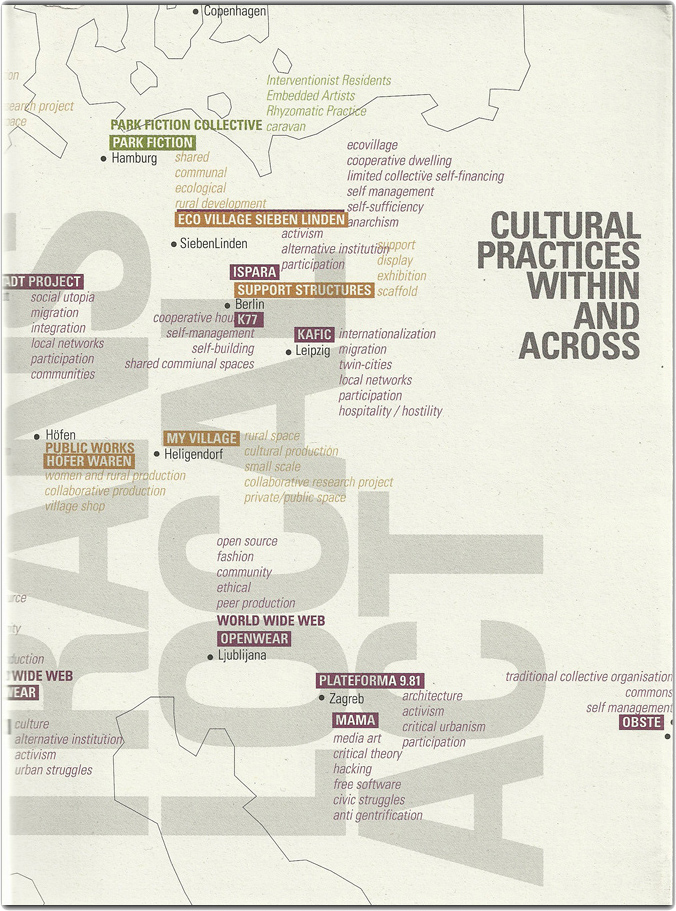
Cultural Practices Within And Across
This amazing book networks urban and rural resilience and sustainability projects around the world. Deeply inspiring projects in Romania, Paris, San Francisco, and elsewhere.
• Read our review of the book.
• Buy the book.
• Download the book.

